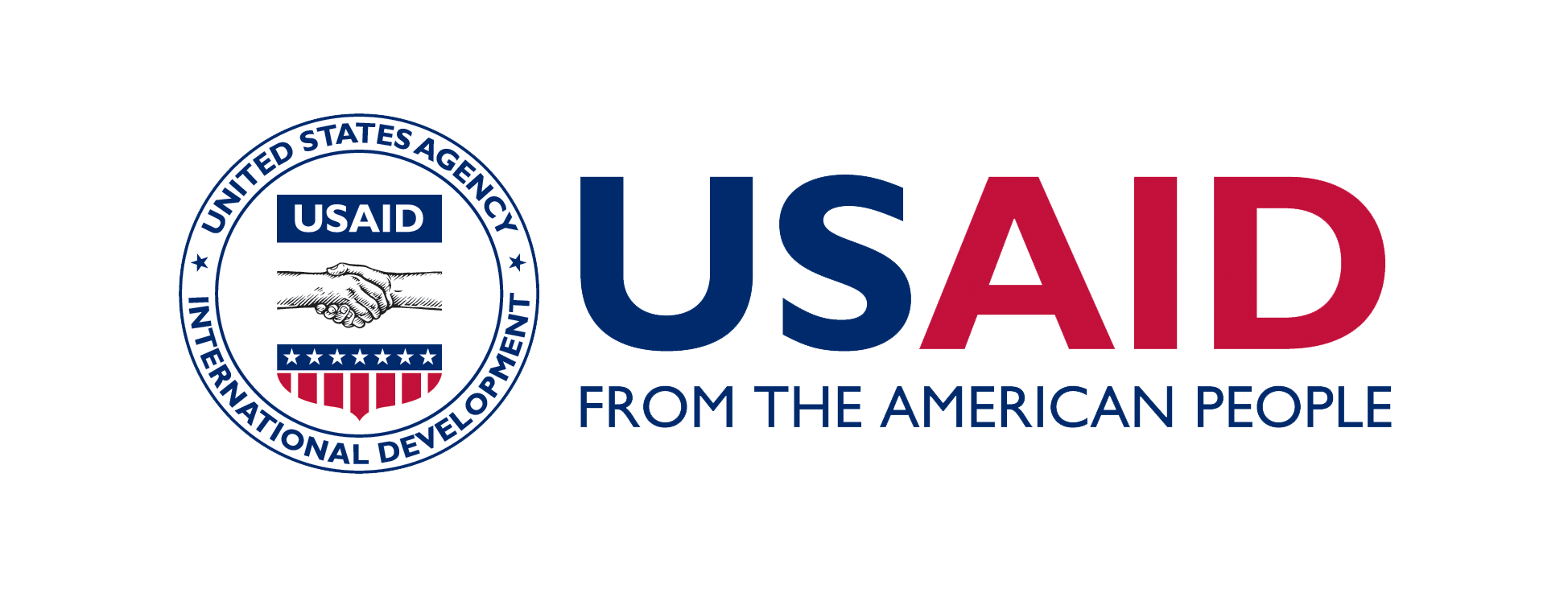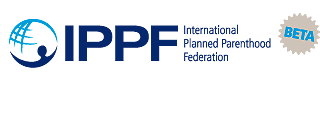Repost via PolicyInnovations.org
By Judy Manning, Zeda Rosenberg
The picture could not be clearer: A woman’s health and livelihood are threatened when modern family planning methods are out of her reach. On World Contraception Day (September 26), we are reminded that unintended pregnancy is a major contributor to maternal and infant death and disability around the world, and a recognized obstacle to global development.
Forty percent of pregnancies worldwide are unintended, but that number is not so surprising when you consider that 222 million women have an unmet need for modern contraceptive methods. Access to such methods would enable women to plan and space their pregnancies, leading to improved health, educational, and economic outcomes for themselves and their families.According to the Guttmacher Institute, 70 percent of the unmet need stems from method-related concerns. These include concerns about the safety and potential side effects of hormonal methods; appropriate options for women who have infrequent sex, or who are postpartum or breastfeeding; and opposition from their partners to specific approaches. Geography and access to health services are also barriers to modern contraception.
Last year at the London Summit on Family Planning, the global community made an unprecedented pledge to reach 120 million more women with contraception by 2020. The upcoming International Conference on Family Planning in Ethiopia will map out additional steps required to make contraception available for all women. Efforts will focus on expanding access to existing methods as well as prioritizing the development of new innovative technologies.
New sexual and reproductive health innovations have the potential to revolutionize women’s options by diversifying delivery forms, varying product duration, and targeting multiple health risks simultaneously.
Unfortunately, there is no magic bullet. When it comes to sexual and reproductive health, women face obstacles that are unique to their circumstances. But experience has taught us that if women have a range of affordable and appropriate products to pick from, they may use them more consistently, which in turn will allow them to better protect their health.
We are excited about a number of cutting-edge technologies now in development. For instance, USAID is investing in the early-stage development of a biodegradable contraceptive implant that does not require removal. This product from FHI 360 could fill a critical gap in low-resource settings where women may not have access to trained health workers.
Alongside contraceptive-only products, multipurpose prevention technologies (MPTs) can help address women’s overlapping health needs in a single product. For example, women in areas with high rates of HIV often have the greatest unmet need for family planning, creating a double burden of risk.
With support from USAID and other funders, the International Partnership for Microbicides (IPM) is developing a 60-day MPT ring to offer dual protection against HIV and unintended pregnancy that women could use discreetly. The self-initiated ring is being designed to provide sustained release of an antiretroviral (ARV) drug called dapivirine along with the contraceptive hormone levonorgestrel.
USAID and other funders also recognize that, in many regions of the world, sexually transmitted infections (STIs) such as herpes simplex virus, human papillomavirus, and bacterial vaginosis are of greater public health concern than HIV. As a result, USAID is supporting CONRAD to develop an MPT that combines the new one-size-fits-most SILCS diaphragm with tenofovir gel—the first ARV drug shown to help prevent both HIV and herpes (a confirmatory trial of tenofovir’s effectiveness is under way). This would provide women with a non-hormonal product that could be used “on demand,” appealing to women who would like a product that is used at the time of sex.
MPTs could result in significant health gains for women by broadly addressing their sexual and reproductive health needs, and reducing rates of maternal and newborn death associated with both unintended pregnancy as well as STIs. In fact, there is reason to believe that MPTs may have another added benefit: Combining two or more products into one may make protection more appealing and acceptable to women, and therefore increase its use.
To fully realize the immense promise of up-and-coming innovations, we need continued investment in the development pipeline, and in full access to the final products. No single product will address every woman’s sexual and reproductive health needs, so it will take a portfolio of methods to ensure that women have options to choose from that are appropriate for their individual circumstances.
New tools are not developed overnight—they take time, effort, and dedicated resources. But it is an investment that will help make modern contraception a reality for the millions of women whose lives and well-being depend on it.
| This article is licensed under a Creative Commons License. |












